Scientists who introduced laser-induced graphene (LIG) enhanced their technique to produce what may become a new class of edible electronics.
The chemists, who once turned Girl Scout cookies into graphene, are investigating ways to write graphene patterns onto food and other materials to quickly embed conductive identification tags and sensors into the products themselves.
“This is not ink,” says James Tour, chair of chemistry and professor of computer science and of materials science and nanoengineering at Rice University. “This is taking the material itself and converting it into graphene.”


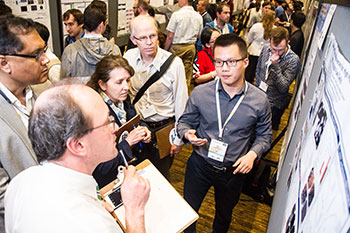 Why attend?
Why attend?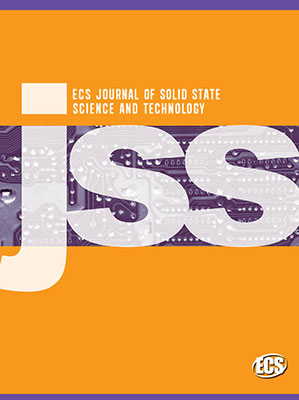 In a recently published ECS Journal of Solid State Science and Technology paper, ECS member Roger Loo and coauthors describe a new epitaxial growth technology and address the challenges of implementation. The open access article, “
In a recently published ECS Journal of Solid State Science and Technology paper, ECS member Roger Loo and coauthors describe a new epitaxial growth technology and address the challenges of implementation. The open access article, “ As Fitbits and other
As Fitbits and other 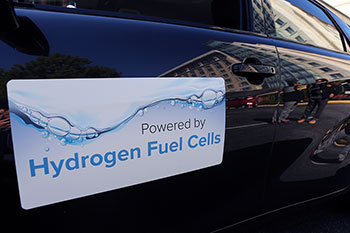 Fuel cells play a major role in creating a clean energy future, with a broad set of applications ranging from powering buildings to electrifying transportation. But, as with all emerging technologies, researchers have faced many barriers in developing affordable, efficient fuel cells and creating a way to cleanly produce the hydrogen that powers them.
Fuel cells play a major role in creating a clean energy future, with a broad set of applications ranging from powering buildings to electrifying transportation. But, as with all emerging technologies, researchers have faced many barriers in developing affordable, efficient fuel cells and creating a way to cleanly produce the hydrogen that powers them. Engineers used tissue paper—similar to toilet tissue—to make a new kind of wearable sensor that can detect a pulse or a blink of an eye.
Engineers used tissue paper—similar to toilet tissue—to make a new kind of wearable sensor that can detect a pulse or a blink of an eye. Researchers have proposed three different methods for providing consistent power in 139 countries using 100 percent renewable energy.
Researchers have proposed three different methods for providing consistent power in 139 countries using 100 percent renewable energy.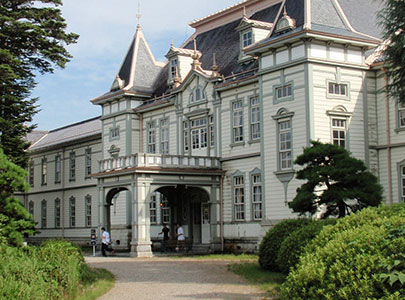
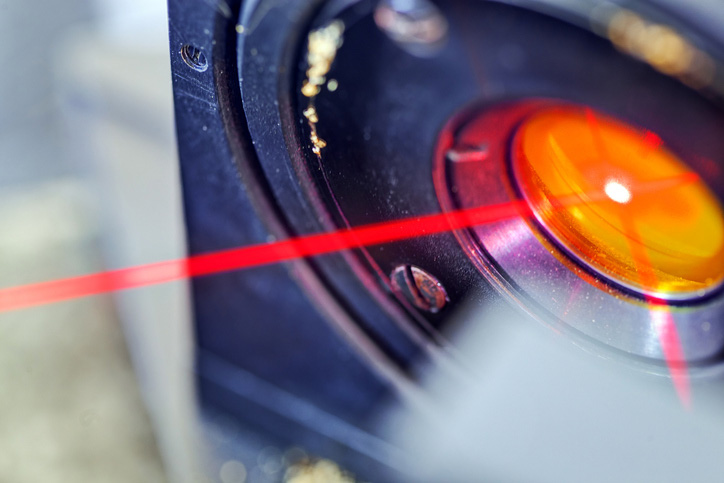 Researchers may have found a way to solve the weakness of a type of light source similar to lasers. The alternative light source could lead to smaller, lower-cost, and more efficient sources of light pulses.
Researchers may have found a way to solve the weakness of a type of light source similar to lasers. The alternative light source could lead to smaller, lower-cost, and more efficient sources of light pulses.